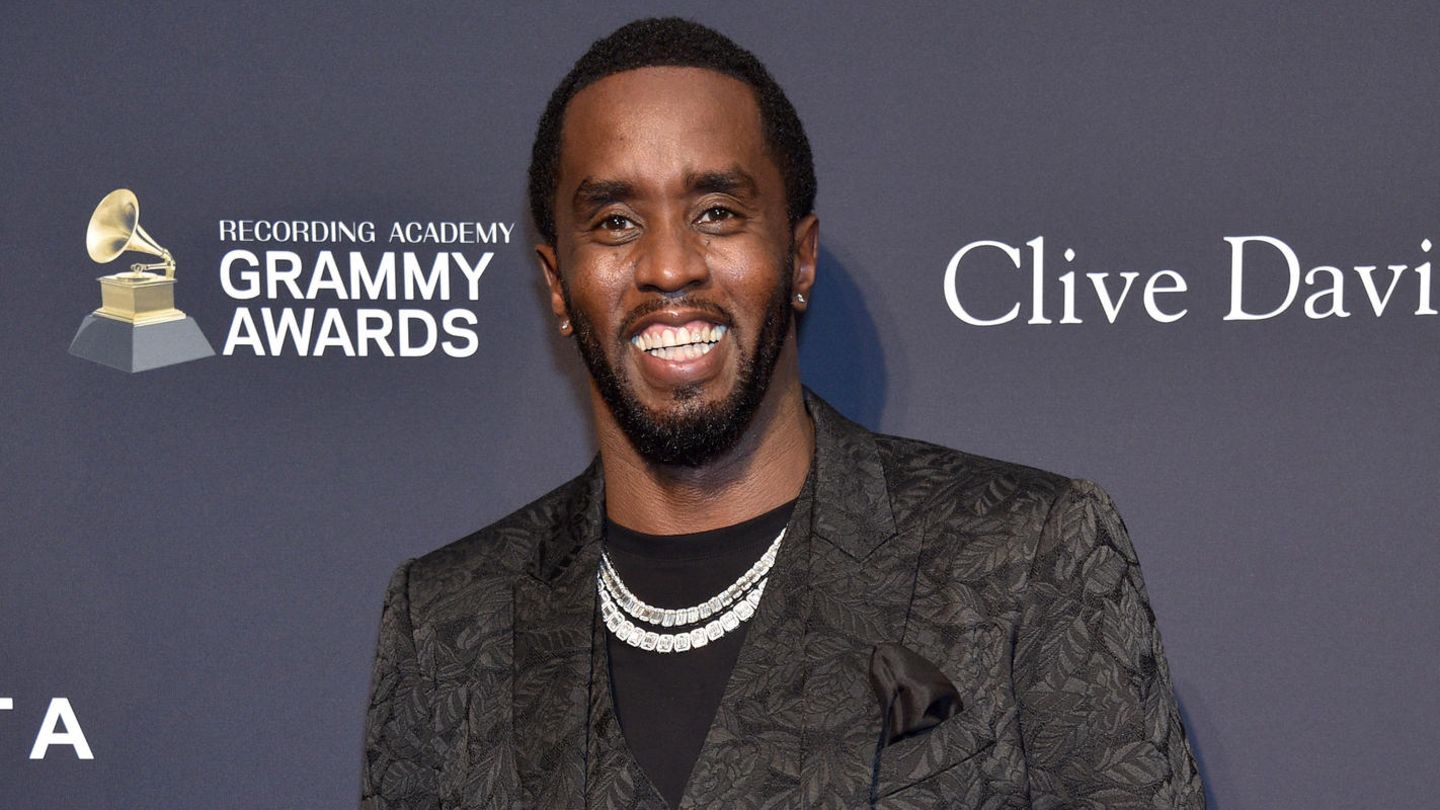How Did P Diddy Become a Cultural Icon?

Introduction
Sean Combs, better known as P Diddy, is not just a name in the music industry; he is a cultural phenomenon. From his beginnings as a talent director at Uptown Records to becoming a billionaire mogul with ventures in music, fashion, and beverages, P Diddy has transformed the landscape of hip-hop and popular culture. This article delves into how P Diddy rose to fame, the strategies he employed, and the impact he has had on the entertainment industry and beyond. Understanding his journey provides valuable insights into the dynamics of celebrity, entrepreneurship, and cultural influence.
The Early Years: Foundations of a Mogul
H2: Humble Beginnings
P Diddy was born on November 4, 1969, in Harlem, New York City. He grew up in a modest environment, and his early life was marked by challenges, including the tragic death of his father when he was just a toddler. Despite these hardships, Combs displayed an entrepreneurial spirit from a young age, often selling items to his classmates.
H3: Education and Early Career
After graduating from the Howard University School of Business, he interned at Uptown Records, where he learned the ins and outs of the music industry. His ability to identify talent and market artists led to his rapid ascent within the company. By the early 1990s, he had established himself as a formidable force in the music scene.
H3: The Birth of Bad Boy Records
In 1993, Combs founded Bad Boy Records, which would become a launching pad for numerous successful artists, including The Notorious B.I.G. and Faith Evans. The label quickly gained notoriety for its distinctive sound and style, blending hip-hop with R&B, which resonated with a broad audience.
The Rise to Stardom
H2: P Diddy’s Musical Contributions
P Diddy's first major hit was "Can't Nobody Hold Me Down," which topped the Billboard Hot 100 in 1997. This success was followed by a series of chart-topping singles and albums, establishing him as a leading figure in hip-hop. His collaborations with artists across various genres showcased his versatility and broad appeal.
H3: Innovating the Music Video
Diddy revolutionized the music video format by incorporating cinematic elements. His videos often featured elaborate sets, choreography, and storytelling, setting a new standard for visual presentation in the music industry. Notable examples include "Mo Money Mo Problems" and "I'll Be Missing You," which not only topped charts but also left a lasting impact on pop culture.
H3: Awards and Recognition
Over the years, P Diddy has received numerous accolades, including three Grammy Awards and several American Music Awards. His contributions to music and culture earned him a spot on Forbes' list of the richest hip-hop artists, highlighting his financial acumen alongside his artistic talent.
P Diddy as a Brand: Expanding Horizons
H2: Business Ventures
P Diddy is more than just a musician; he is a savvy entrepreneur. His ventures extend far beyond music, including:
- Sean John: Launched in 1998, his clothing line became a staple in urban fashion, earning him a Council of Fashion Designers of America (CFDA) award.
- Ciroc Vodka: Partnering with Diageo, Diddy transformed Ciroc into a premium vodka brand, significantly increasing its market presence.
- Revolt TV: In 2013, he launched Revolt, a music cable network aimed at the millennial audience, further solidifying his influence in media.
H3: Philanthropic Efforts
P Diddy has also made significant contributions to philanthropy, focusing on education and social justice. He founded the Sean Combs Foundation, which supports various initiatives, including scholarships for underprivileged youth. His activism has positioned him as a role model for aspiring entrepreneurs and artists.
Cultural Impact and Legacy
H2: Shaping Hip-Hop Culture
P Diddy has played a pivotal role in shaping hip-hop culture, influencing everything from fashion to social issues. His collaborations with artists across genres have promoted diversity and innovation within the industry.
H3: A Mentor to Future Generations
As a mentor, P Diddy has helped launch the careers of many artists, including Mase, 112, and Cassie. His guidance and business acumen have been instrumental in nurturing new talent, ensuring his legacy continues through the next generation of musicians.
H3: Media Representation
Diddy's impact extends into media representation, where he has challenged stereotypes and advocated for African American artists. His success story has inspired countless individuals, proving that with creativity and determination, the barriers of race and class can be overcome.
Conclusion
P Diddy’s journey from a young boy in Harlem to a global icon is a testament to his talent, vision, and relentless drive. His ability to innovate and adapt has not only made him a successful musician and entrepreneur but also a cultural leader. As he continues to evolve, his influence on music, fashion, and philanthropy will undoubtedly leave a lasting legacy.
For anyone looking to carve their path in the entertainment industry, P Diddy’s story serves as a powerful reminder of the potential for greatness that lies within us all. Embrace your creativity, take risks, and remember that the journey is just as important as the destination.
By understanding how P Diddy became a cultural icon, we gain insights into the power of resilience, innovation, and the importance of mentorship in shaping the future of music and entrepreneurship.